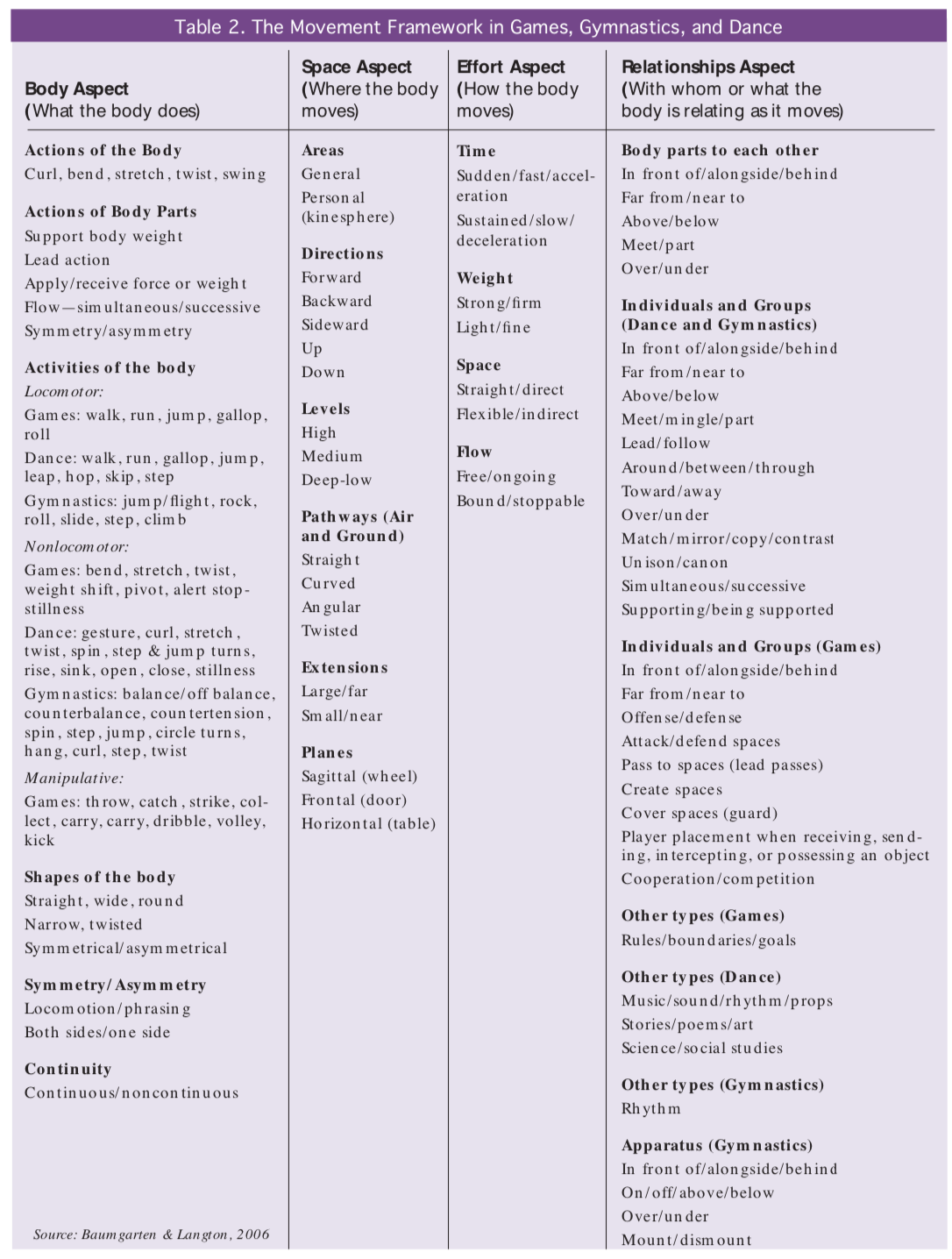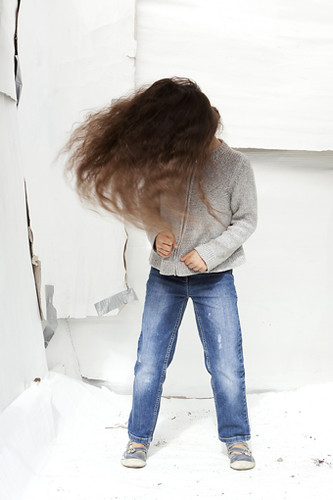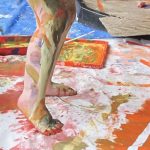Dance is an important part of both early childhood education and visual art. This post talks about why creative movement is important in children’s learning and introduces the work of Rudolf Laban, one of the pioneers of dance education.
Dance in education and art
In tribal societies, where no formal education existed, dance was used to tell stories and educate children. Like other art forms, it has also provided a means for people to come to terms with and express difficult feelings that could not be communicated through words.
Dance is also a very important part of contemporary art with many major art museums staging specialized performances like you can see in the video below of Tate’s ‘If Tate Modern was Musée de la danse?’
Why is creative movement important in children’s learning?
Anyone who has spent time with children will know that kids love to move and jump around. Creative movement can be beneficial children’s learning as it helps them to develop gross and fine motor skills, sensory awareness, and understanding of what their bodies can do.
Unfortunately in some preschools, children have increasingly less opportunities to engage in creative movement activities as a result of pressures to teach children numeracy and literacy skills in addition to a lack of teacher’s skills in dance education.
Rudolf Laban – dance educator extraordinaire
Rudolf Laban, an Austrian-English dance theorist and educator, was a creative movement visionary. He is often credited as being the founder of modern dance and movement education.
Laban originally studied as a painter and architect but then became interested in dance after studying in Paris. After working as a director of ballet companies across Germany, Italy and France, he then arrived in England in 1938 as a refugee fleeing Nazi Germany. He set up a dance school in Manchester, which has since relocated to London and is known as the ‘Trinity Laban Conservatoire of Music and Dance.’
One of Laban’s most famous philosophies is that he believed that movement should arise from the inner rhythm of the dancer and not from the music. As a teacher, his work emphasized four pillars to creative movement:
- The body aspect: Awareness of their body’s sensory engagement with a space and its movements through it
- The space aspect: The shapes the body creates and the pathways it makes in relation to others
- The effort aspect: The force and speed that the body creates while moving
- The relationships aspect: Awareness of movement in relation to a partner or group.
These pillars provided the basis for Laban’s approach to teaching creative movement. However, he also emphasizes a dancer does not need to think about all these components while dancing. This is because it would result in the experience being an overly intellectual exercise as opposed to a creative and expressive one.
It is interesting to note that while Rudolf was developing his dance and movement educational approach in Europe, similar work was also taking place in the United States by Gertrude Coby at Columbia Teachers College and Margaret H’doubler at the University of Wisconsin.
Using Rudolf Laban’s creative movement approach with children
Laban never worked directly with young children himself. However, many educators have applied his approach to early childhood education.
A huge part of his approach was about encourage people’s awareness of their bodies. So appealing this philosophy to the early years, it highlights the importance of creative opportunities that allow children feel and physically interact with the environment in a sensory-based way.
With this in mind, the aim of teaching creative movement through Laban’s approach is to construct versatile, effective, and efficient movers (Langton, 2007).
How Laban’s principles can be used in children’s learning activities can be seen below:

Image source: Baumgarten, S & Langton, T. (2006) in Langton (2007).
I highly recommend the book ‘Teaching Creative Movement’ by Johanna Exiner and Phillis Lloyd for more ideas on how Laban’s approach can be applied to early childhood education.
The book gives some great plans for classroom activities. Although written in the 1970’s, the activities in the book are still as relevant as ever!
Happy dancing!
Louisa xx
Bibliography
Baumgarten, S., & Langton, T. (2006). Elementary physical education: Building a solid movement foundation. Champaign, IL: Stipes.
Exiner, J & Lloyd, P. (1973). Teaching Creative Movement.Angus and Robertson, Sydney.
Laban, R (2019). Rudolf Laban: Trinity Laban Conservatoire of Museum and Dance.
Langton, T (2007). Applying Laban’s movement framework in elementary physical education. Journal of Physical Education, Recreation and Dance. 78 (1), p.17-53.
Related Posts
Children’s tactile learning in a giant crochet sculpture
The importance of woodwork in the early years
How to support children’s creativity with loose part materials




